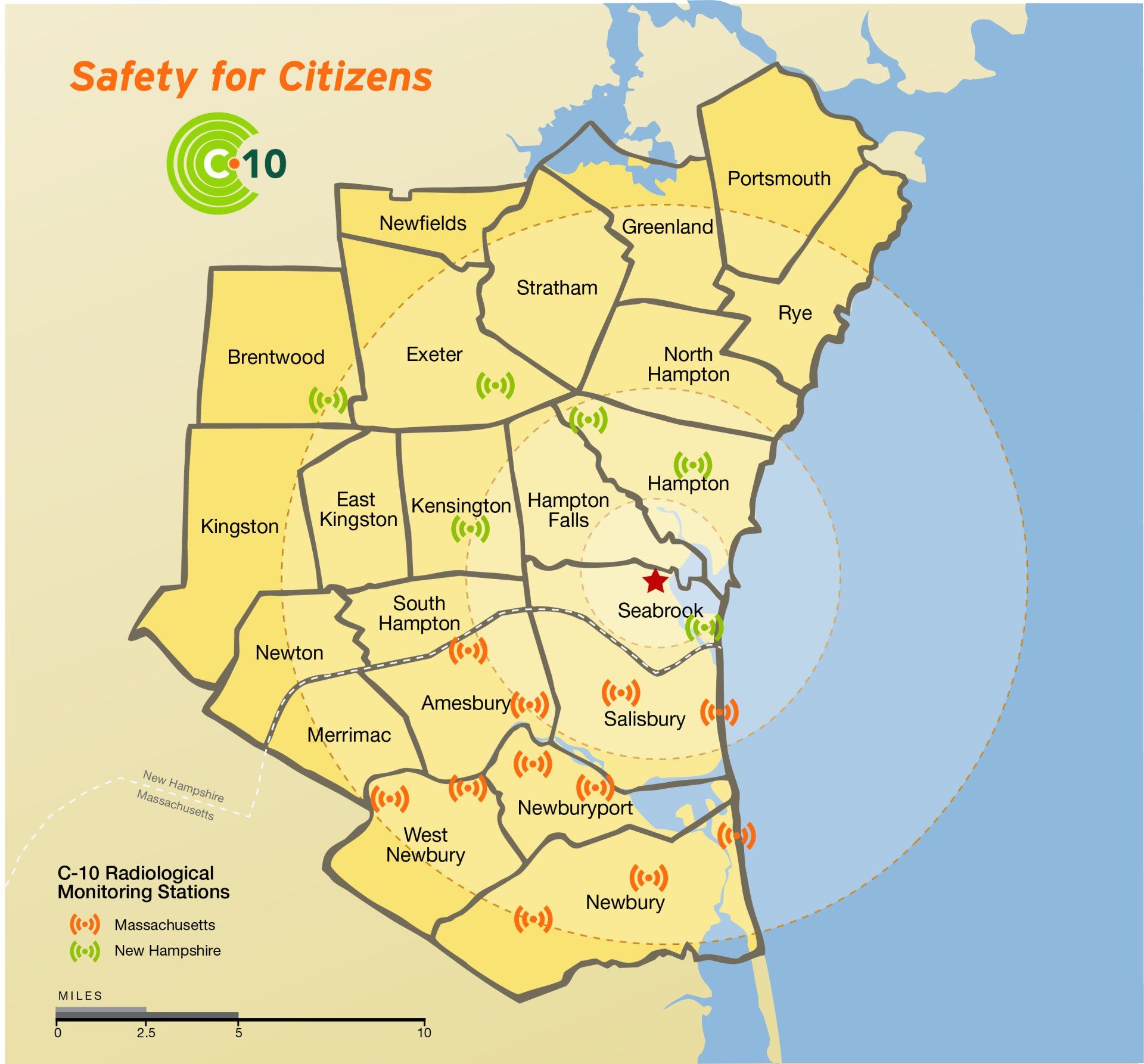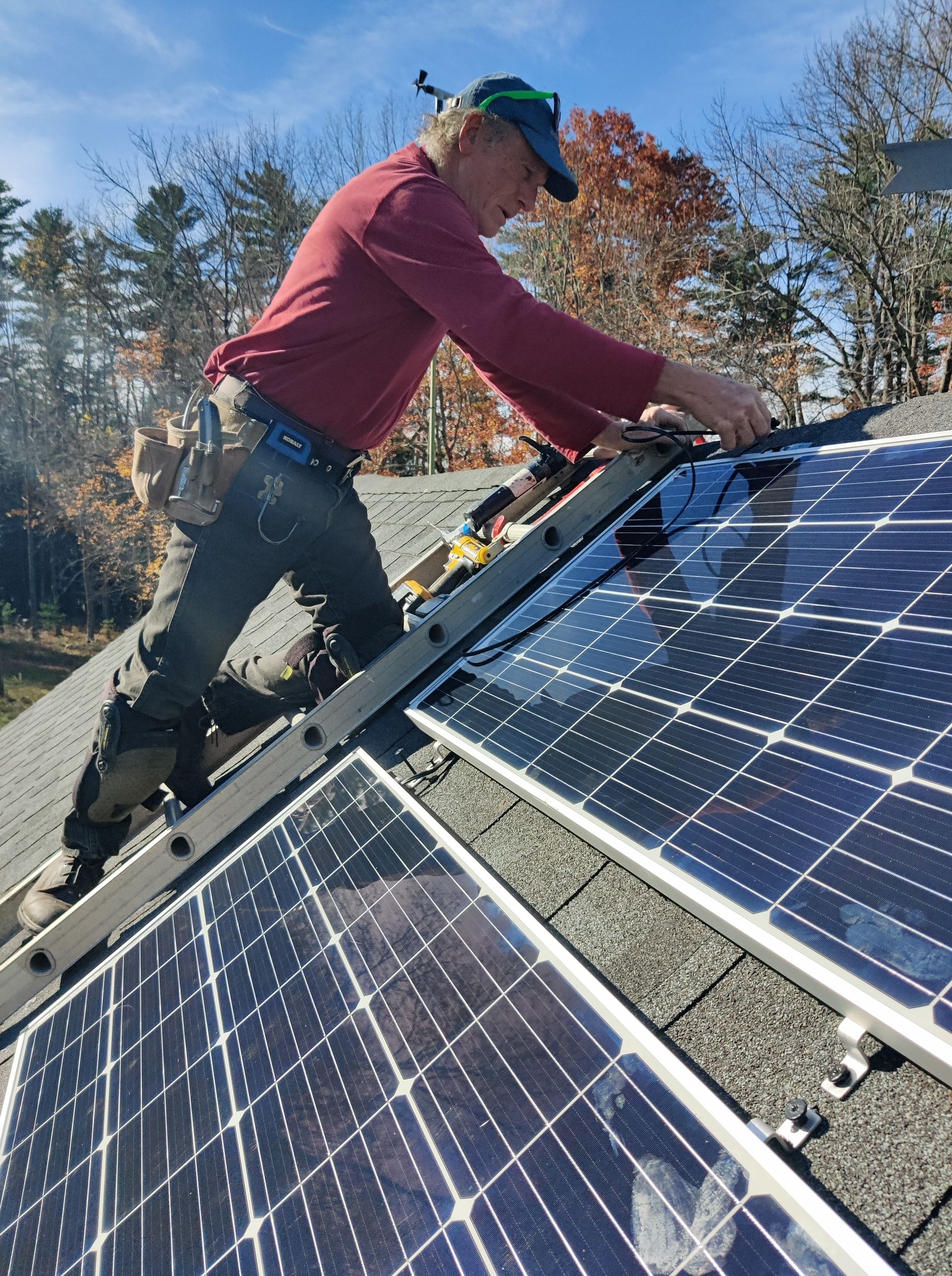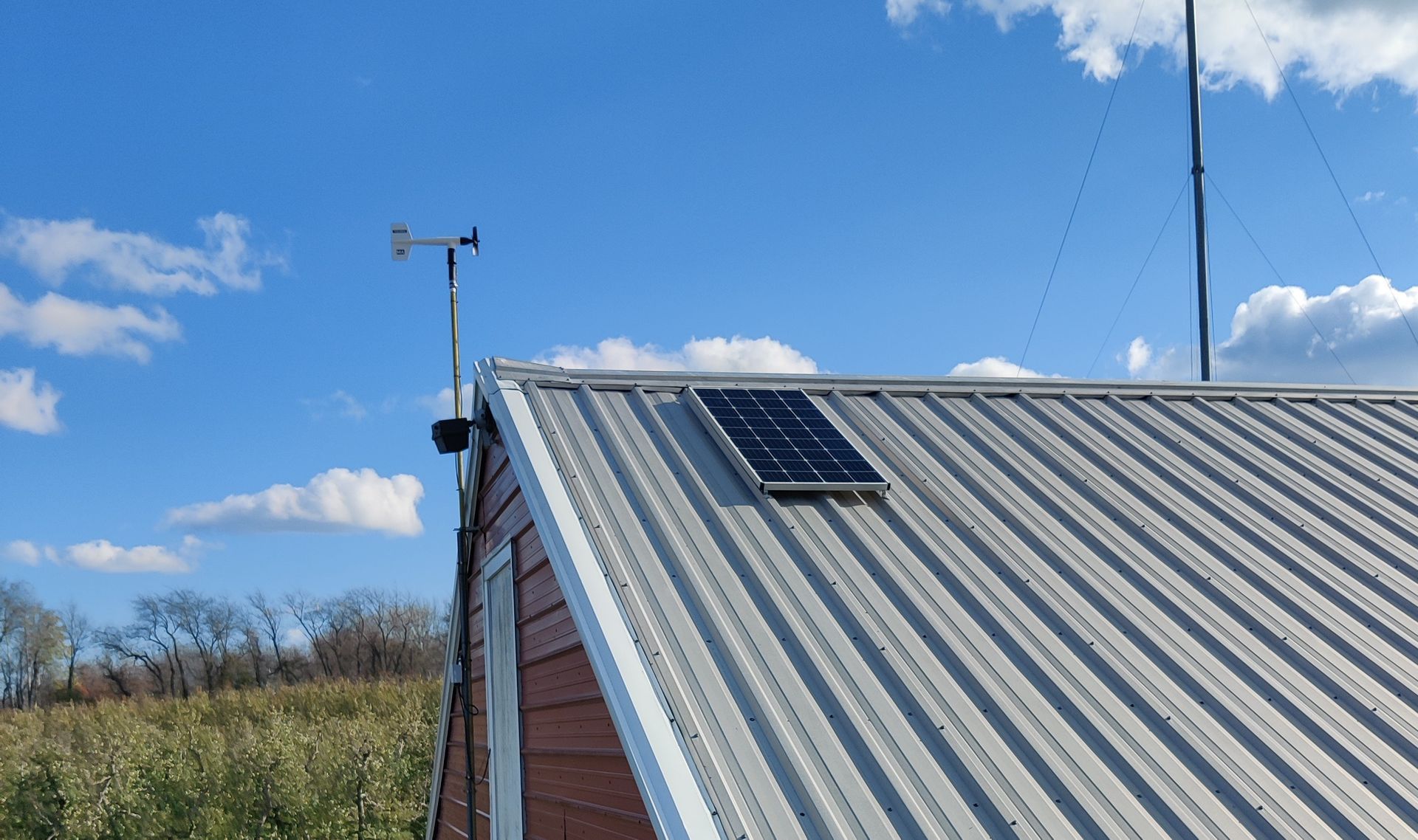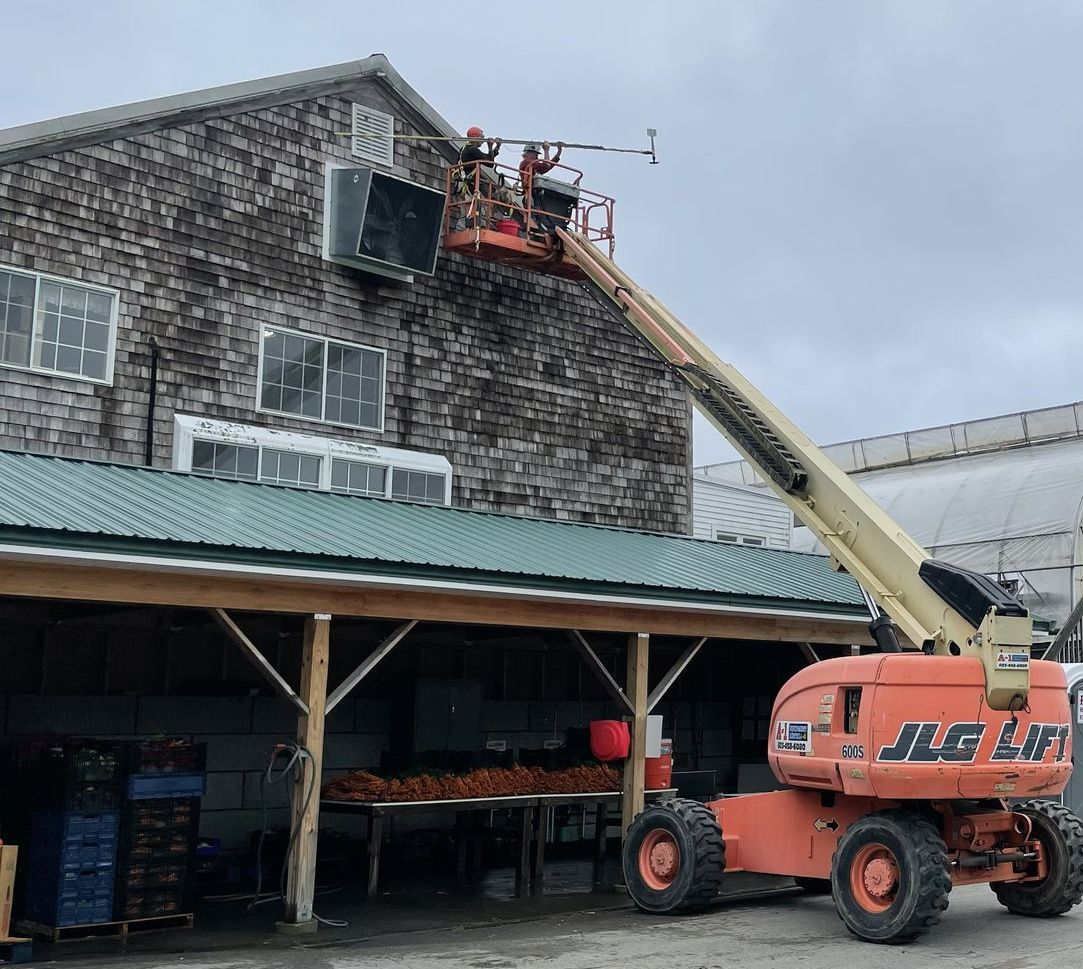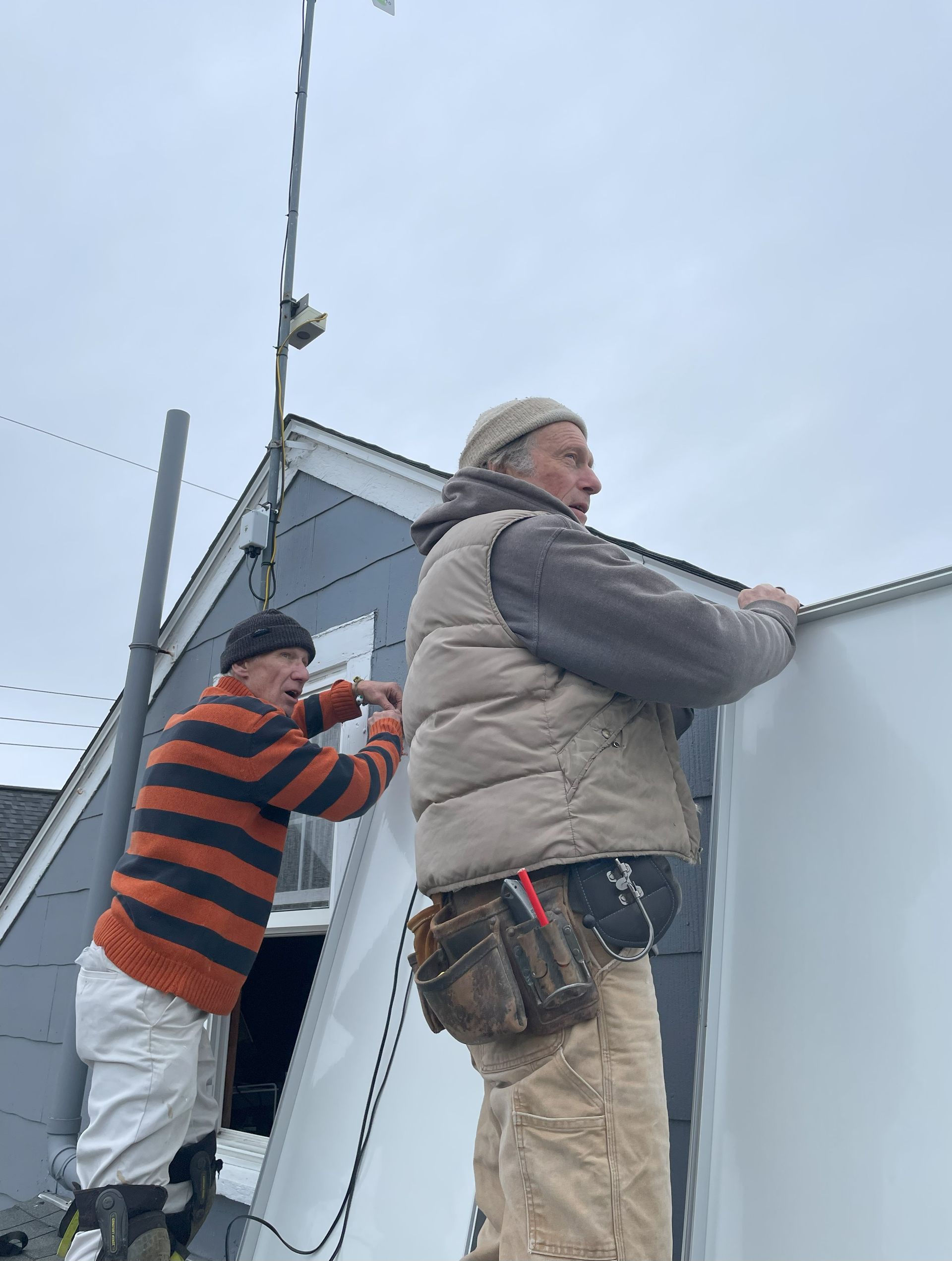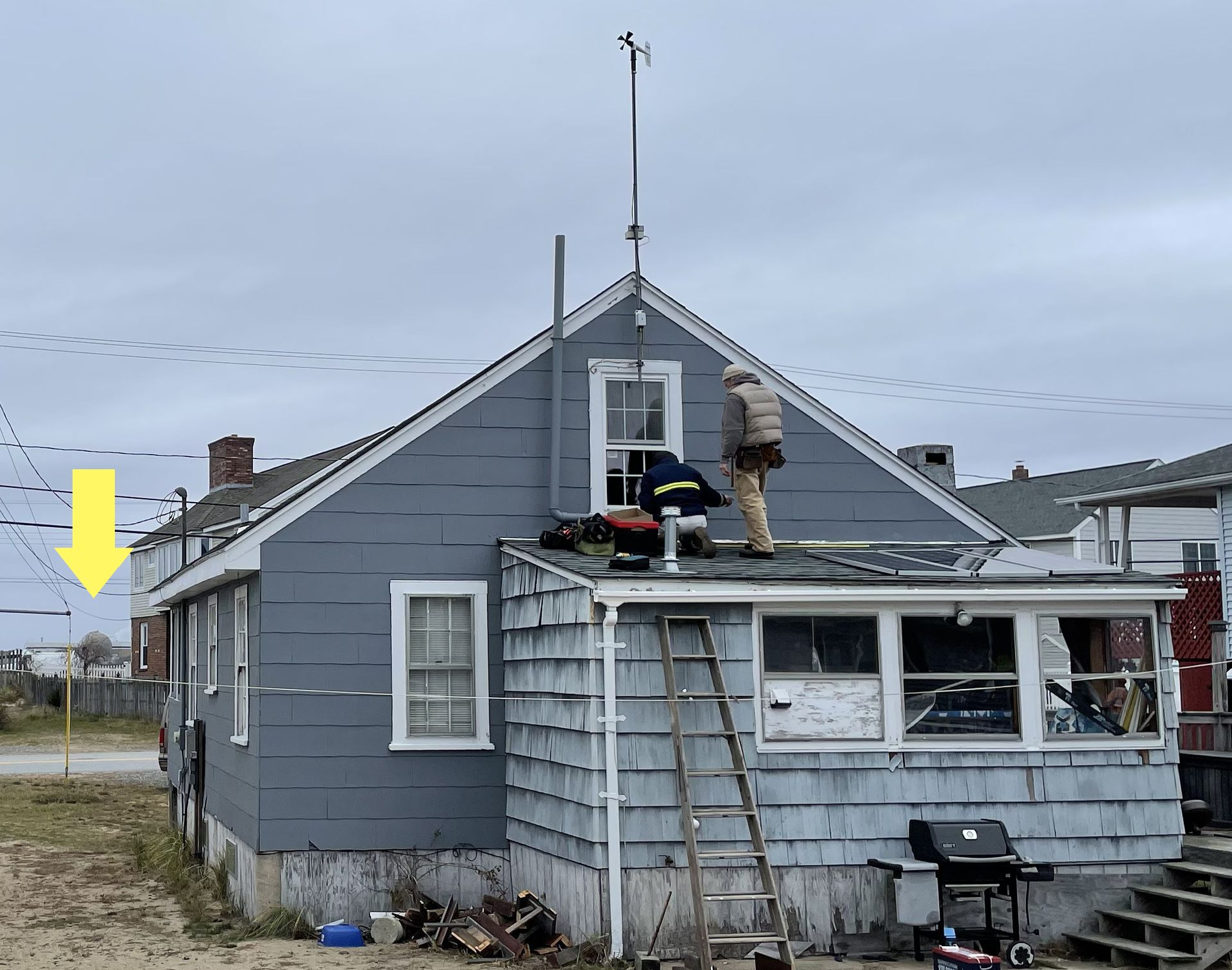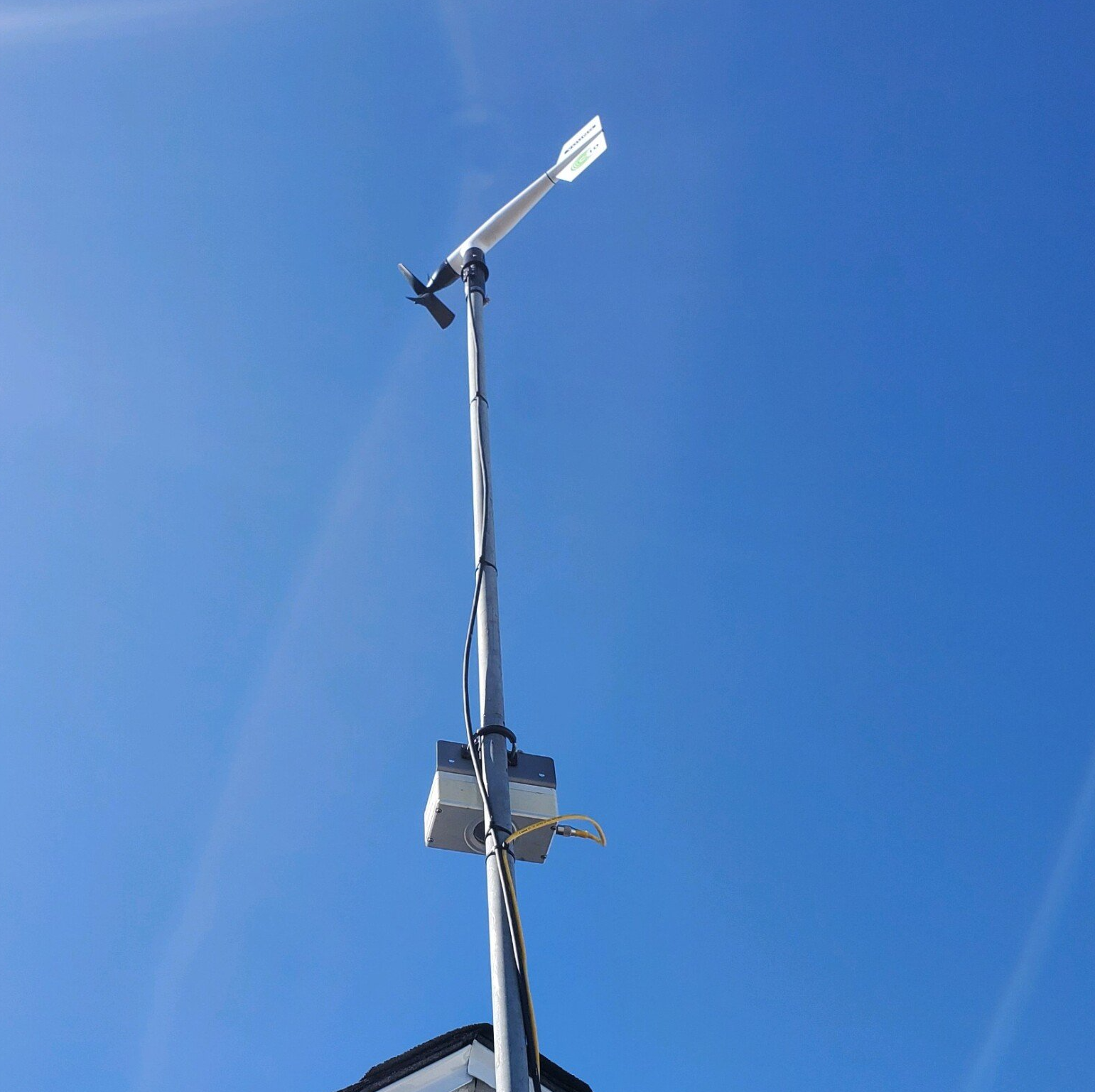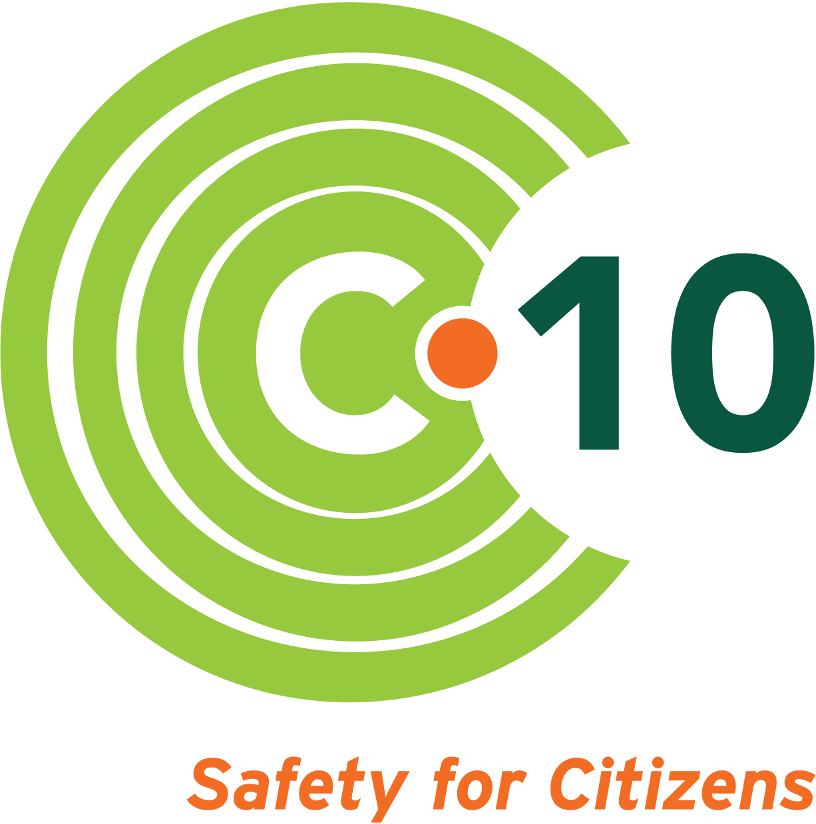Radiological Monitoring Network
Overview of C-10's Monitoring Network & Protocols
Article on Progress of Our Project to Make the Network Climate Resilient
Radiological Monitoring by C-10
The Citizens Radiological Monitoring Network (CRMN) program was developed in 1991 when Seabrook Station nuclear power plant first became operational. We are the only citizens group in the country to operate such a network surrounding a commercial atomic reactor.
Offsite minute-to-minute monitoring is done by C-10 because Seabrook Station does not have continuous, real-time monitoring of plant emissions beyond the plant perimeter or anywhere in the populated area around the plant.
Beta, gamma, as well as wind speed and direction are recorded continually at 17 remote sites located within a ten-mile radius around Seabrook Station. We maintain a control site in Somerville, Mass. The data is compiled and graphed, and monthly reports are submitted to Massachusetts Department of Public Health (DPH), our contracting agency.
In 2022, we launched an important project to make the network resilient in the face of climate change and severe weather that can knock out power and the internet. We are using solar, batteries, and cellular communications at one third of our monitoring sites to ensure that the monitoring never quits! This is especially critical in a severe weather event, becoming more frequent with climate change, when extended power outages may occur while also being a stressor on the Seabrook plant which suffers from degraded concrete.
C-10’s data is available upon request from Mass. DPH. Click this link
to make a public records request from Mass. DPH. The sites that we operate in New Hampshire are privately funded. If you have questions about our N.H. data, email us at
info@c-10.org.
What Powers You?
C-10 is powered by a calling to stand up for public safety and environmental health using sound science and community collaboration. And in some ways we are powered by the sun too!
Radiological Releases are a Part of Normal Nuclear Power Plant Operations
At a pressurized water reactor such as Seabrook Station, there are routine releases of large numbers of radioisotopes into the environment. Seabrook Station’s only real-time monitoring of these releases, which might yield data on the magnitude and type of isotopes released, is done at the stack vent or within the plant’s various ventilation, waste, and steam-handling systems.
C-10's data can help public health officials understand the impact or permitted releases, and could help first responders to protect the public in the unlikely event of an unplanned radiological release, accident, or other emergency.
Download a fact sheet, here: Monitoring Radiological Emissions: C-10’s Mandate.
Thanks to the efforts of the Citizens' Initiative
to Expand Radiological Monitoring in New Hampshire, C-10 has installed the first new monitoring stations in the Granite State in more than a decade. Read more in our blog. Support from private donors and the New Hampshire Charitable Foundation enabled us to add two more stations in 2021, bringing us to a total of six stations in N.H. and twelve in Mass.

